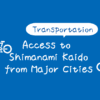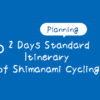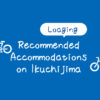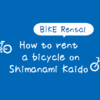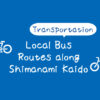The best seasons for cycling on the Shimanami Kaido
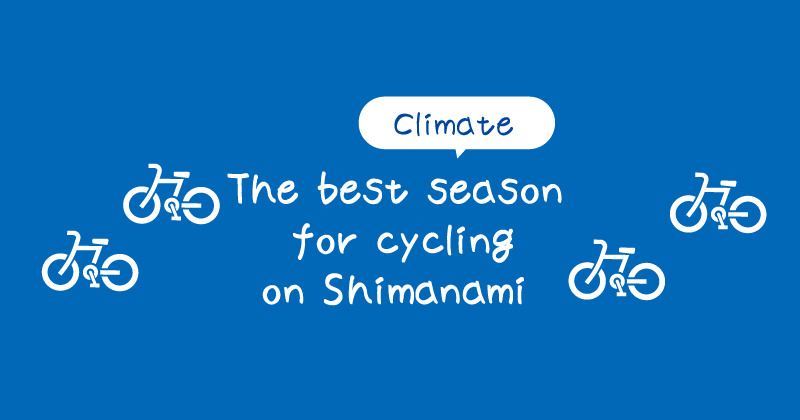
When is the best season for cycling the Shimanami Kaido? Let’s explore from different perspectives, such as comfortable temperatures for long rides, beautiful scenery, and delicious local foods.
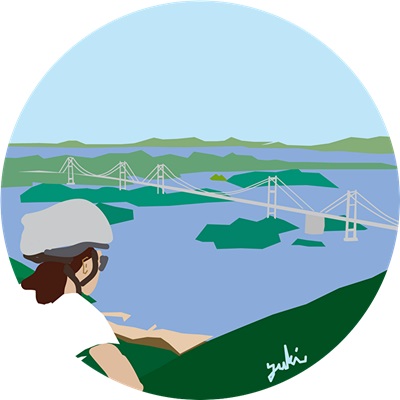
Hello, I am Kawai, a cyclist living on the Shimanami Kaido. This is a personal website where I have gathered information for travel planning. It would be great if you could visit one of the most famous cycling routes in Japan.
The sunny Shimanami Kaido
The western Seto Inland Sea
The Shimanami Kaido is a famous cycling route connecting Japan’s main island of Honshu and Shikoku. It stretches between Onomichi City in Hiroshima Prefecture and Imabari City in Ehime Prefecture. The course lets cyclists ride across several bridges connecting islands densely scattered in the area called the Geiyo Islands. Among international travelers, cycling the Shimanami Kaido is well-known as a must-do activity when visiting Japan.
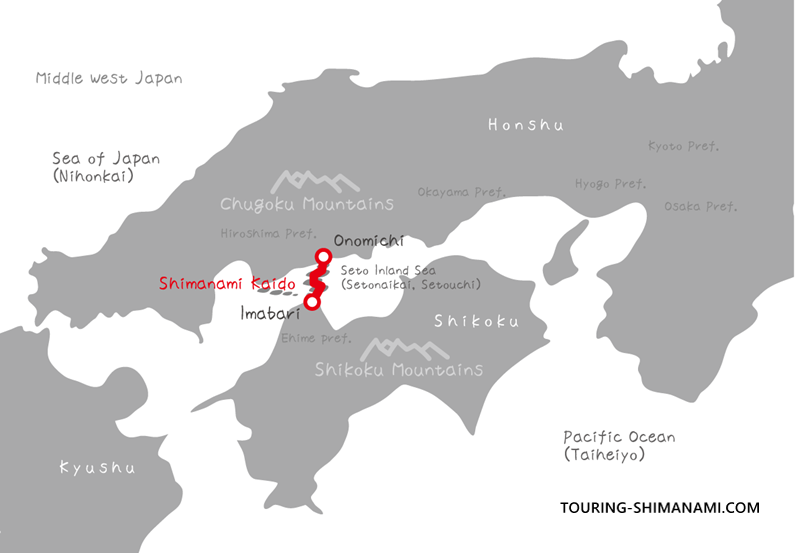
The Shimanami Kaido runs across the Seto Inland Sea (Setouchi, Setonaikai), positioned towards its western side when viewed on a map. The Seto Inland Sea itself is located between the Chugoku Mountains of Honshu and the Shikoku Mountains of Shikoku. While the sea connects to both the Pacific Ocean and the Sea of Japan, it is mostly surrounded by land. You can think of it as Japan’s version of the Mediterranean Sea.
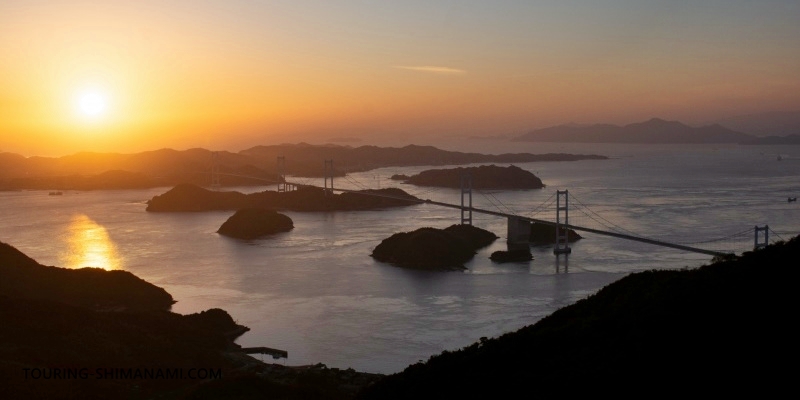
As you might know, Japan has four distinct seasons, each offering its own unique beauty. Also, because Japan stretches long from north to south, the climate can vary greatly depending on the region. For example, the temperatures in Hokkaido and Okinawa can be completely different during the same season.
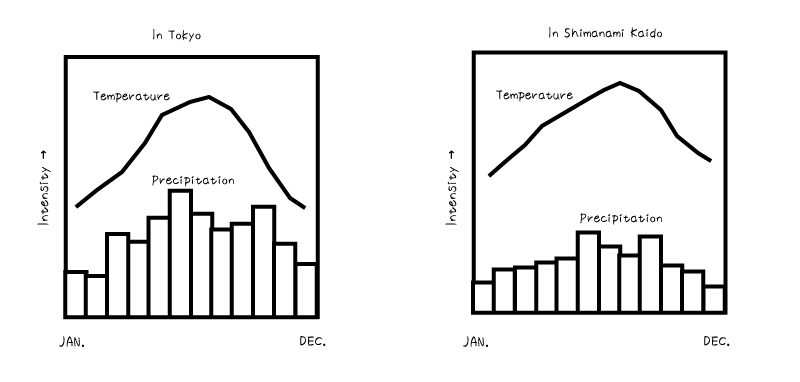
When I look into the climate around the Shimanami Kaido, I find it is often described as having a “Seto Inland Sea climate” or belonging to the “Seto climate zone”. Compared to Tokyo, this area tends to be warmer and receives less rainfall. Warm and dry weather throughout the year makes it an ideal place to enjoy outdoor activities like cycling! This might be one of the reasons why the Shimanami Kaido is called a cyclist’s paradise. After all, a cycling route that rains all the time would be disappointing, wouldn’t it?
- Can you enjoy the Shimanami Kaido all year round?
- Best seasons based on weather and seasonal foods
- Seasonal tips for beginner cyclists
Seto Inland Sea climate
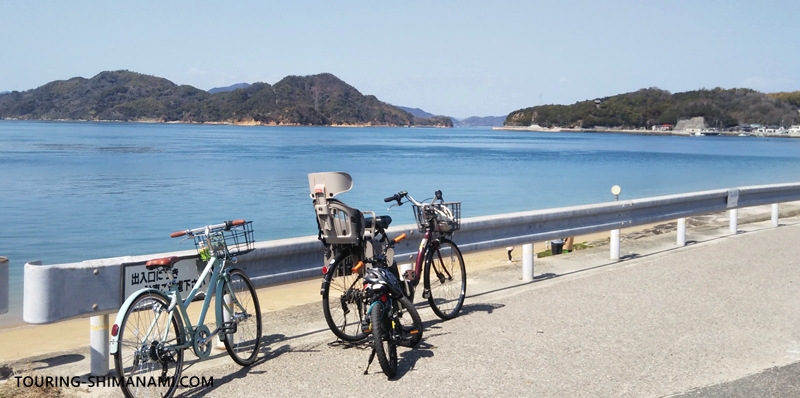
The reason the Seto Inland Sea area is warm with little rainfall is largely due to its geographical location, surrounded by the Shikoku Mountains to the south and the Chugoku Mountains to the north.
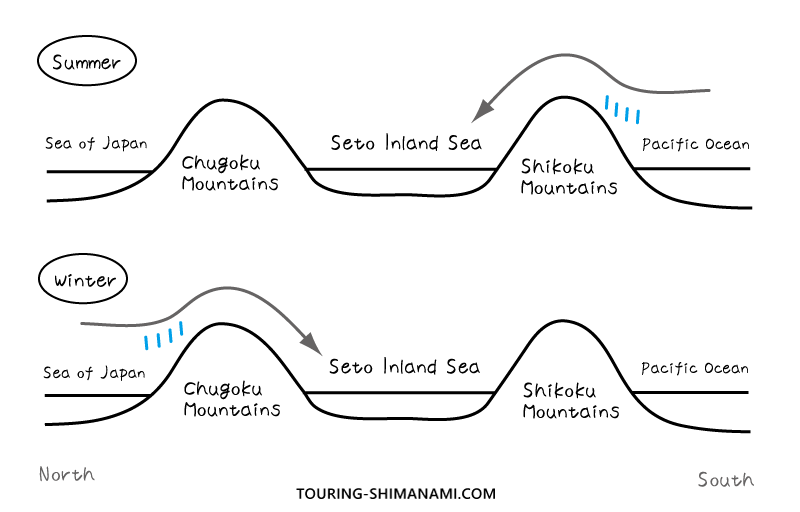
In summer, moist air flows in from the Pacific Ocean, but after releasing rain over the Shikoku Mountains, dry air descends over the Seto Inland Sea. In winter, moist air comes from the Sea of Japan side, but after snow falls over areas like Tottori and Shimane, as well as the Chugoku Mountains, similarly dry air flows down towards the Seto Inland Sea.

It’s interesting to learn that the Shimanami Kaido’s perfect cycling climate is actually supported by geography!
AD (Google AdSense)
Best season
A cycling route enjoyable all year round
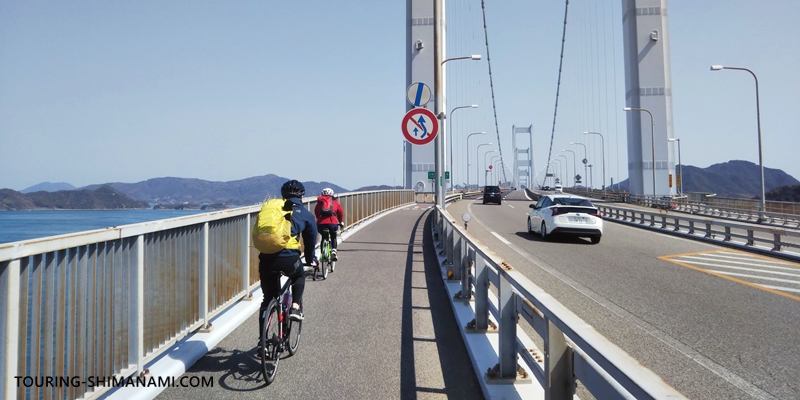
Thanks to its mild weather and low rainfall throughout the year, you’ll often see cyclists and bicycle travelers on the Shimanami Kaido no matter the season. Except during Japan’s rainy season or typhoon periods, there’s really no time of year that is completely unsuitable for cycling. The islands along the route show different charms in each season—spring, summer, autumn, and winter. I hope you’ll enjoy cycling the Shimanami Kaido in every season!
Peak season and off-season
Even though you can enjoy cycling the Shimanami Kaido throughout the year, there are clearly times when more cyclists and bicycle travelers visit, and quieter times with fewer people. Besides weather factors like temperature and rainfall, other reasons such as national holidays, long school vacations, and work breaks also affect the number of visitors.

The so-called peak season for cycling the Shimanami Kaido is from early March until the start of the rainy season and from the end of the rainy season until late November. On the other hand, December to February and the rainy season itself tend to feel like the off-season, with fewer cyclists on the route. Even within the peak seasons, holidays like Golden Week in May and the summer vacation period in August can get particularly crowded. During these times, it’s not unusual for rental bicycles to be fully booked, especially during Golden Week.
Best season in terms of weather
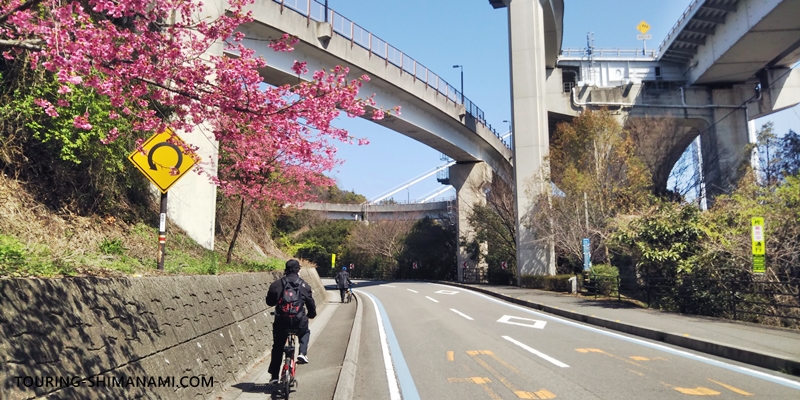
Within the peak seasons from early March to before the rainy season and after the rainy season to late November, the best times in terms of temperature and weather are definitely spring (April to May) and autumn (late September to November).

Even though the area generally has a mild climate, winter can still be cold, and in the peak of summer, daytime temperatures often rise above 30°C. That’s why spring, when the weather is warm and pleasant, and autumn, when the heat of summer has eased and the sightseeing season begins, offer the most comfortable cycling conditions along the Shimanami Kaido.
Cherry blossom season is especially beautiful
Among the spring months, cherry blossom (Sakura) season stands out as a particularly special time. While the Shimanami Kaido area doesn’t have many famous autumn foliage spots, it does have plenty of beautiful cherry blossom viewing locations. Spring is also when the mountains turn bright green with fresh leaves, making this season very photogenic.
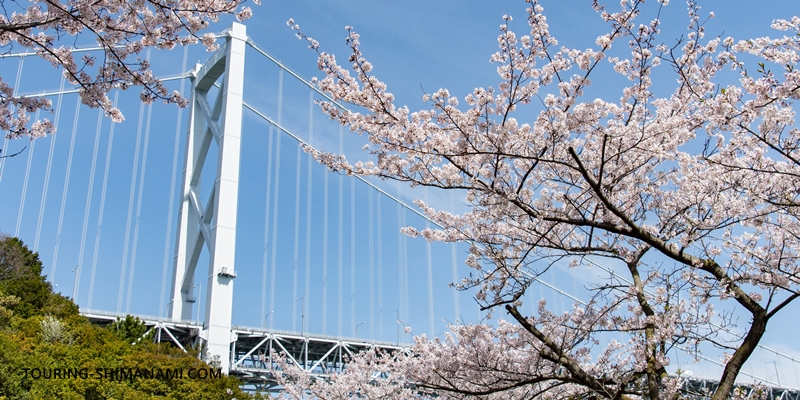
Along the cycling route of the Shimanami Kaido, you’ll find cherry trees planted in many places. You can even photograph views of the bridges together with the cherry blossoms. Mt. Hiraki Obervatory Park on Hakatajima island and Mt. Sekizen on Iwagijima island are especially famous, with thousands of cherry trees planted there, making them popular spots for hanami (cherry blossom viewing). On weekends during the cherry blossom season, it’s common for roads leading up to these spots to become congested with visitors.
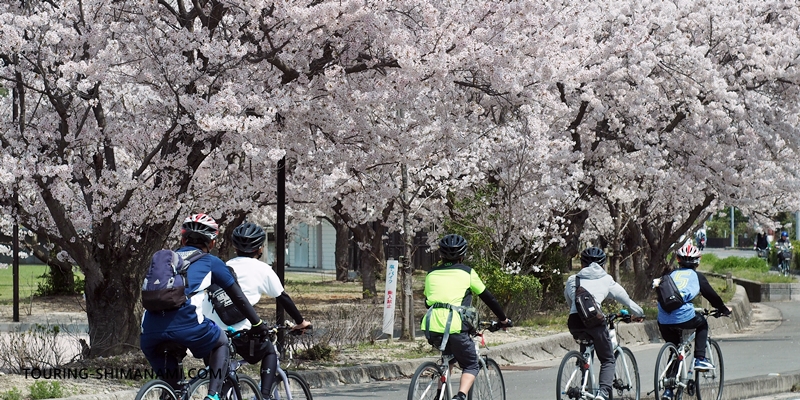

If your goal is to take beautiful photos, spring or summer are the best seasons to visit.
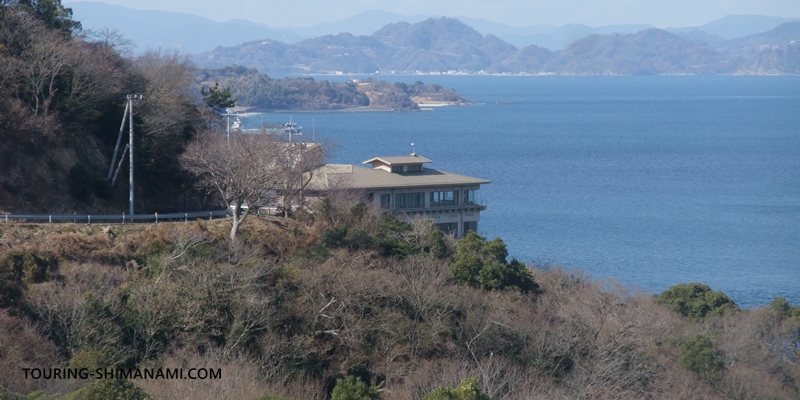
During winter months like December and January, most of the trees lose their leaves, turning the island scenery brown. Since it rarely snows in this area, it’s also difficult to capture snowy landscapes. On the other hand, the fresh green of spring and the bright summer sunlight make those seasons much better for photography.
Best season for seasonal foods
The Shimanami Kaido, especially the Ehime Prefecture side, is famous for mikan (mandarin oranges) and other citrus fruits. Even on the Hiroshima side, islands like Ikuchijima island are known as major production areas for domestic lemons. If you’re cycling the Shimanami Kaido, you’ll definitely want to try these delicious local citrus fruits. Depending on the variety, harvesting times vary, but in general, the peak citrus season is in winter. From spring through autumn, it’s harder to find freshly harvested citrus fruits.
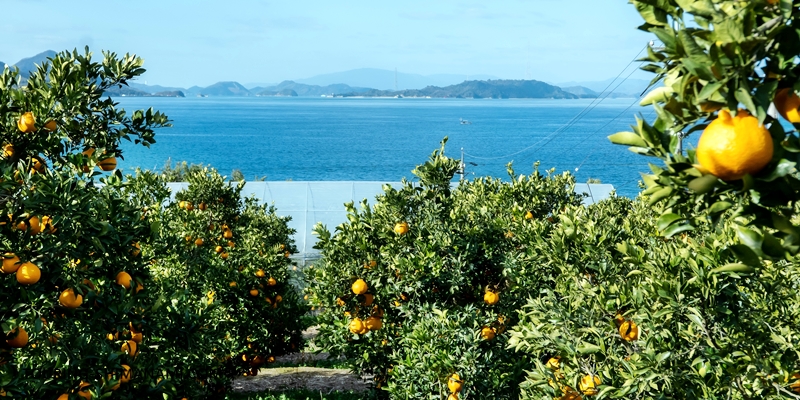

If you’re interested in enjoying citrus fruits as part of your Shimanami Kaido cycling trip, I recommend planning your visit during winter. Although this is the off-season in terms of cycling weather, the routes are less crowded, making for a more relaxed cycling experience. In fact, many of the fresh seafoods from the Seto Inland Sea are also in season during winter. If you want a cycling trip focused on food, winter is definitely a great time to visit.
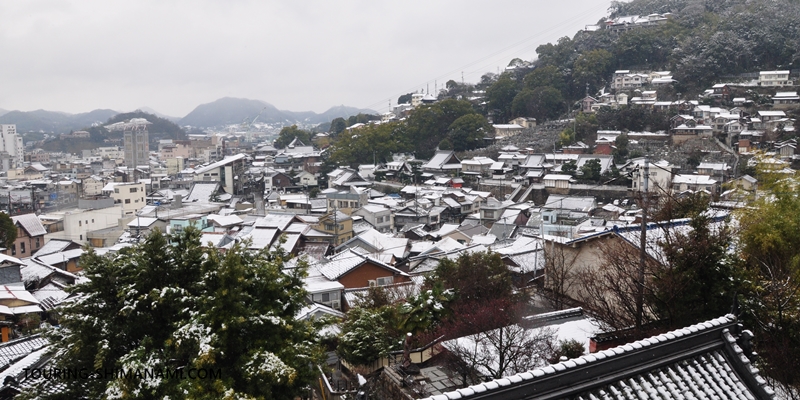
Snowfall around the Shimanami Kaido area is extremely rare. Around Onomichi, snow may accumulate slightly in the early morning, but it usually melts completely by midday. You generally don’t need to worry about snow preventing you from cycling. Personally, I actually recommend winter cycling. On clear days in December and January, the crisp, clean air gives you stunning, far-reaching views of the islands. Best of all, you won’t get drenched in sweat like in summer!
Maps you should get in advance
“CycloTourisme Shimanami," which has been active in cycle tourism and regional promotion for nearly 20 years along the Shimanami Kaido, publishes guidebooks and maps. The map is also available in English and is extremely popular as it is the most detailed cycling-specific map in this region.
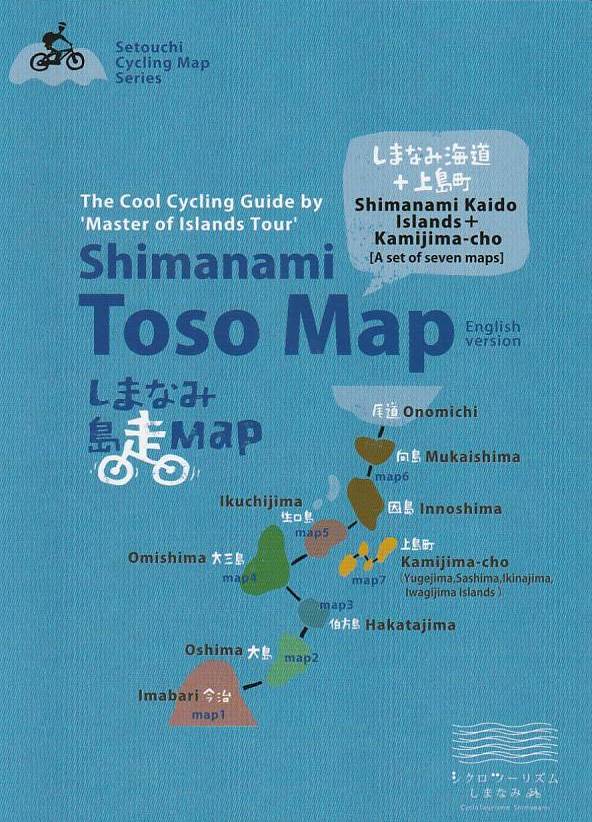
This product comes with a set of seven maps, each with a fairly detailed map for each island. I believe that getting your hands on this map will change your experience here. It can be purchased on Amazon.co.jp, and you can also buy it locally at Guesthouse CYCLONOIE in front of Imabari Station.
Seasonal safety tips
What to watch out for in summer and winter
Cycling in the more extreme seasons—summer and winter—has both advantages and things to watch out for. Below is a table summarizing the key points for each season.
| Season | Summer | Winter |
|---|---|---|
| Advantages | ・Long daylight hours ・Lightweight clothing ・Good to swim in the sea | ・Clear, crisp air ・Citrus season (lemons and other fruits) ・No sweating ・Fewer tourists, peaceful atmosphere |
| Things to Watch Out For | ・Need sun protection and heatstroke prevention ・Stay hydrated regularly | ・Be aware of early sunsets ・Dress warmly and use proper winter gear |
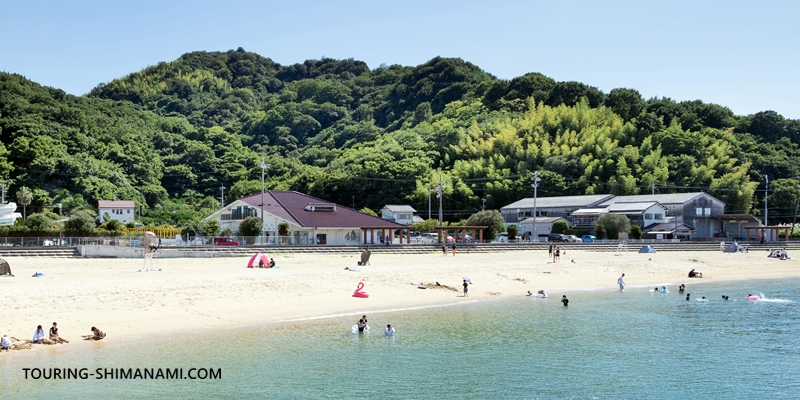
In summer, it’s especially important to protect yourself from heatstroke and sunburn. Along the Shimanami Kaido, you’ll find vending machines, convenience stores, and supermarkets on the islands, so you can easily buy drinks and sunscreen locally. Because cycling creates a constant breeze, many people don’t realize they’re overheating until it’s too late. Make sure to drink water frequently while you ride.
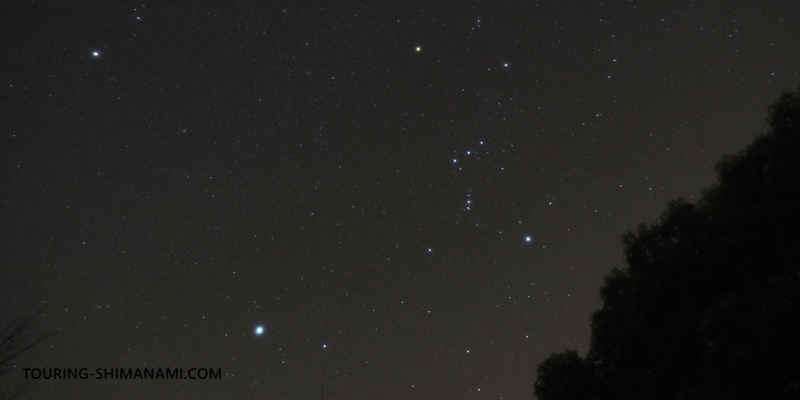
One important tip, especially for those new to bicycle touring, is to be mindful of the sunset time. On the islands along the Shimanami Kaido, it can get completely dark after sunset in many areas. Riding on unfamiliar roads in complete darkness can be very frightening.
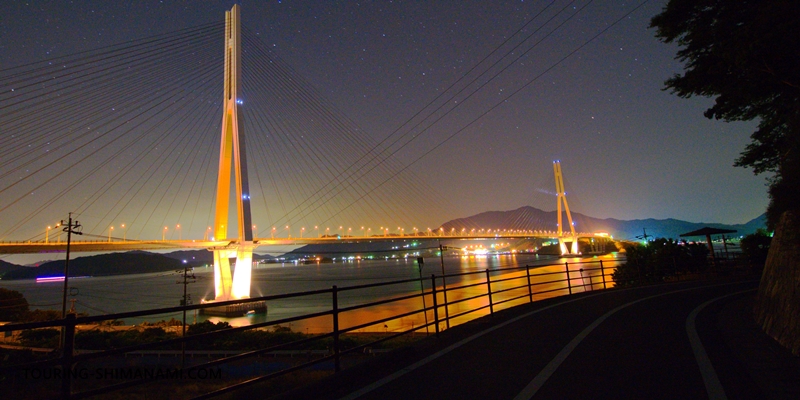
Depending on where you’re from, you might be surprised at how different sunrise and sunset times are in Japan, even during the same season. It’s important to check sunset times for the period of your trip and plan accordingly to avoid riding after dark. This is especially important for winter cycling, when the sun sets early.
Check the wind forecast too
Wind direction can significantly affect your ride. In professional cycle races, wind can change the entire race strategy. For cyclists, a headwind can feel like climbing a hill that never ends. It’s often said that starting your ride from Imabari gives you a better chance of having a tailwind. Along the Shimanami Kaido, it’s a good idea to check not just the weather forecast but also the wind forecast.
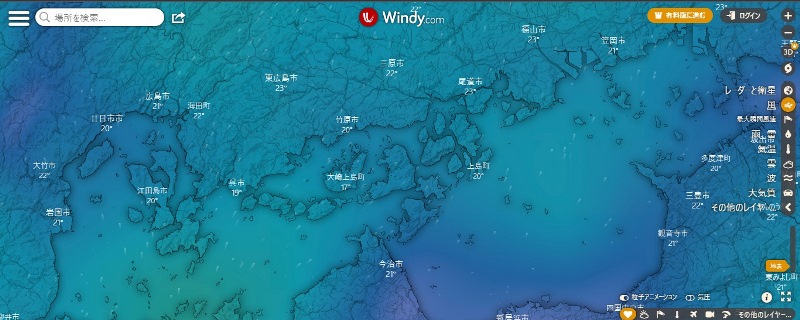
These days, you can easily check high-accuracy wind forecasts online, based on multiple weather models processed by supercomputers. Personally, I often use a site called Windy for wind forecasts. It’s great for visualizing wind conditions around the Shimanami Kaido area.
On this page, I’ve explored the best seasons for cycling the Shimanami Kaido, considering factors like weather and local foods. One of the charms of the Shimanami Kaido is that you can enjoy it in different ways throughout the year. For more in-depth information aimed at first-time visitors, please check the detailed guide below.

